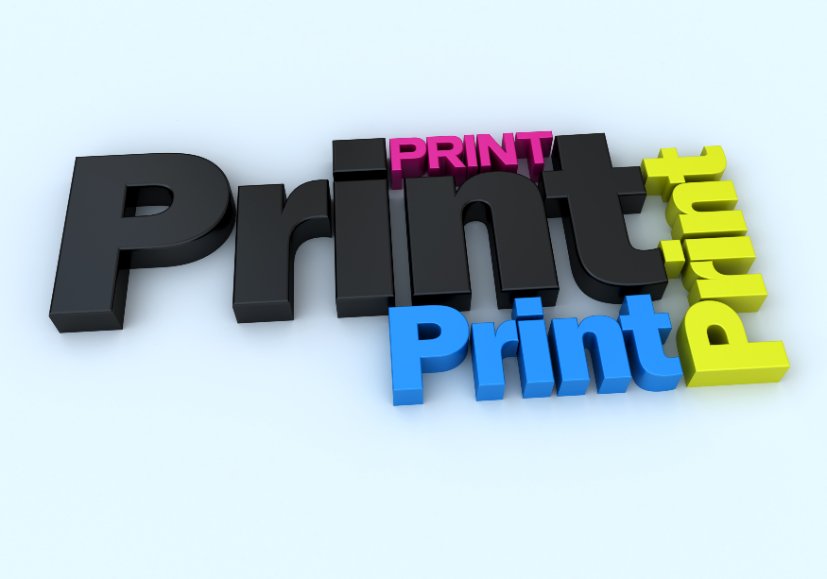There are many different types of printing, and each one has its own unique benefits. If you are looking for a printing method that will meet your specific needs, you need to understand the different types of printing available. In this article, we will explain the basics of some common types of printing like digital, offset, and screen printing. We will also discuss the pros and cons of each type so that you can decide which is right for your next project.
- Offset Printing
Offset printing is a type of printing that employs inked images transferred, or offset, from plate to rubber blanket to paper. This transfer can be done directly to the substrate or it can be indirect where the inked image is transferred to a rubber surface before being printed on paper or other media.
The advantage of offset printing is that once the printing plates are created, they can be used repeatedly to produce large quantities of prints.
This makes offset printing ideal for producing high-quality print jobs such as magazines, newspapers, catalogs, and books. In addition, because the paper does not absorb the ink, prints made with offset printing have a sharper and more vibrant appearance than those made with other printing methods. As a result, offset printing has become the preferred choice for businesses and individuals who demand the highest quality prints. One of the main disadvantages of offset printing is that it can be a more expensive option than other methods. This is because it requires specialized equipment and there are set-up costs involved. Offset printing also has a longer lead time.
- Digital Printing
Digital printing is a process that uses digital images to produce prints. This type of printing is often used for short printing runs, as it is more cost effective than traditional printing methods. The quality of digital prints has also improved in recent years, making them a viable option for high-quality print jobs. The main advantage of digital printing is its flexibility. Images can be easily modified and adjusted to create the perfect print. Additionally, digital printing offers a wide range of color options, allowing businesses to create unique and eye-catching prints. Finally, digital printing is a speedy process, which means that businesses can receive their prints quickly and efficiently. Whether you need business cards, flyers, or labels, digital printing is an ideal solution. One disadvantage of digital printing is that it can sometimes produce lower-quality prints than traditional printing methods. This is because digital files are typically lower in resolution than traditional print documents.
- Screen Printing
Screen-printing is a printing technique that involves using a mesh screen to transfer ink onto a substrate, usually fabric. The original design is created by attaching a stencil to the screen and then coating the entire screen with ink. Once the ink has dried, the stencil is removed and the screen is placed on top of the substrate. A professional then applies ink to the top of the screen and pushes it through the openings in the stencil onto the substrate below. Screen printing is a versatile printing method that can be used to create a variety of different designs, from simple graphic designs to complex multicolored images. It is also relatively inexpensive and easy to set up, making it a popular choice for businesses and individuals alike. One of the disadvantages of screen printing is that it can be quite messy. Screen-printing involves using a stencil to apply ink onto fabric or paper, and the ink can easily get everywhere if you are not careful.
There are several types of printing, each with its own advantages and disadvantages. One of the most common is offset printing, which uses plates to transfer ink to a surface. This type of printing is very versatile and can be used for a wide variety of applications. However, it can be expensive, and the quality can vary depending on the printer. Another popular option is digital printing, which uses lasers or inkjet printers to print directly onto a surface. This type of printing is fast and offers high-quality results. However, it is not suitable for all applications and can be expensive. Screen printing is another option that is often used for t-shirts and other garments. This type of printing is very durable, and the results can be very striking. However, it can be difficult to achieve consistent results with screen printing. Ultimately, the best type of printing depends on the specific application, and working with a professional printing company can eliminate the stress of selecting the right printing type.


